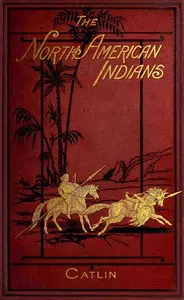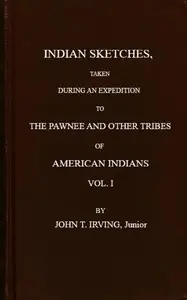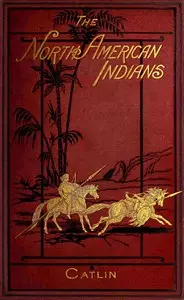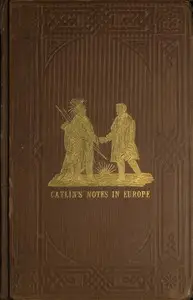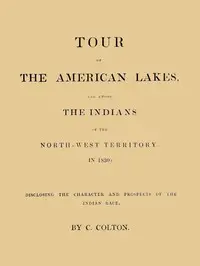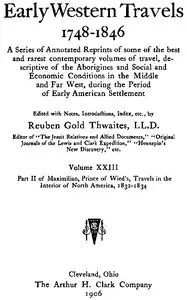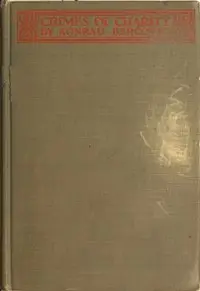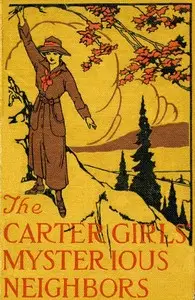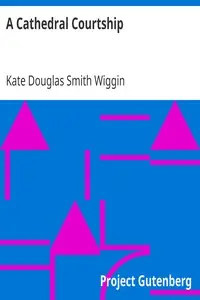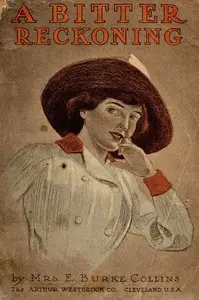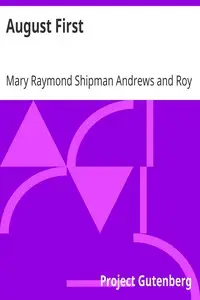"Adventures of the Ojibbeway and Ioway Indians in England, France, and Belgium" by George Catlin is a 19th-century travelogue that follows North American Ioway Indians as they journey through Europe, showcasing their culture through exhibitions and navigating the complexities of their new surroundings. It begins with the arrival of fourteen Ioway Indians in London led by Mr. Melody, detailing their initial wonder and shock as they take in their first impressions of the city. The Ioway are preparing to share their dances and ceremonies with European audiences, and are keen on maintaining their sobriety, honor, and customs, which stands in contrast a previous group of Ojibbeway. This sets the stage for exploring the encounters between cultures, identity, and tradition, as the Ioway navigate their experiences in Europe.
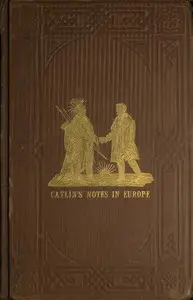
Adventures of the Ojibbeway and Ioway Indians in England, France, and Belgium; Vol. 2 (of 2) being Notes of Eight Years' Travels and Residence in Europe with his North American Indian Collection
By George Catlin
Embarking on a cultural exchange, a group of Native Americans journeys through Europe to display their traditions, encountering both fascination and bewildering contrasts.
Summary
About the AuthorGeorge Catlin was an American lawyer, painter, author, and traveler, who specialized in portraits of Native Americans in the American frontier. Traveling to the American West five times during the 1830s, Catlin wrote about and painted portraits that depicted the life of the Plains Indians. His early work included engravings, drawn from nature, of sites along the route of the Erie Canal in New York State. Several of his renderings were published in one of the first printed books to use lithography, Cadwallader D. Colden's Memoir, Prepared at the Request of a Committee of the Common Council of the City of New York, and Presented to the Mayor of the City, at the Celebration of the Completion of the New York Canals, published in 1825, with early images of the City of Buffalo.
George Catlin was an American lawyer, painter, author, and traveler, who specialized in portraits of Native Americans in the American frontier. Traveling to the American West five times during the 1830s, Catlin wrote about and painted portraits that depicted the life of the Plains Indians. His early work included engravings, drawn from nature, of sites along the route of the Erie Canal in New York State. Several of his renderings were published in one of the first printed books to use lithography, Cadwallader D. Colden's Memoir, Prepared at the Request of a Committee of the Common Council of the City of New York, and Presented to the Mayor of the City, at the Celebration of the Completion of the New York Canals, published in 1825, with early images of the City of Buffalo.

